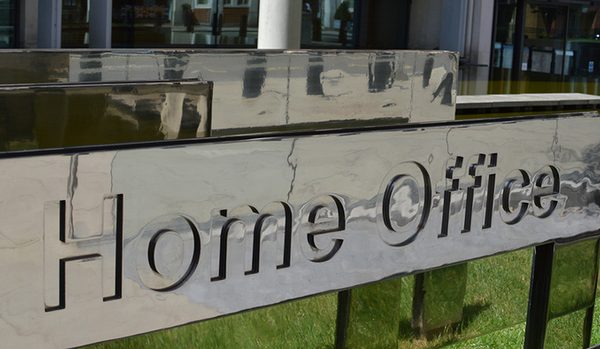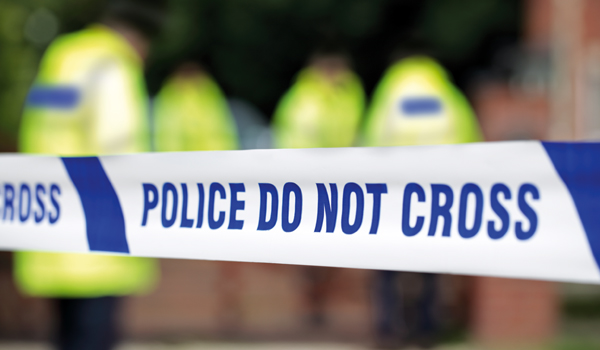Hi-tech shot spotter can help pinpoint gun shots
Technology that allows police forces to identify the location of gun shots and which is proving invaluable in reducing gun crime in America, may hit the streets of Britain.

Technology that allows police forces to identify the location of gun shots and which is proving invaluable in reducing gun crime in America, may hit the streets of Britain.
The sophisticated technology was one of a number of demonstrations shown to two senior West Midlands officers by the New York Police Department as part of an exercise to identify and share best practice.
The week-long fact-finding mission by Chief Superintendent Phil Kay, head of operations, and Superintendent Pete Sear, who headed Operation Pelkin, the planning operation for the Tory and Labour Party conferences in Birmingham, included a look at NYPDs response to firearms incidents.
Britain has seen a four per cent rise in gun crime, with 10,182 firearms offences in the year to September, 2007 compared with 9,755 in the previous 12 months.
In the US the technology has proved valuable and is one of a number of demonstrations we were very interested in, said Chief Supt Kay. It is sophisticated equipment and the sensors can distinguish between gunfire and a noise such as a loud firework. The technology would help with deployment of armed response vehicles and officers and provides advanced warning of a situation they are going into. There were lots of learning points that we have brought back, some of which we may build into future mobilisation plans.
The shot spotter can pinpoint the exact location of where a firearm has been used. The technology has consistently produced arrests and weapon confiscations across the US and is believed to have helped reduce gunfire and crime rates.
The shot-spotter works by using sensors connected to a combination of standard telephone lines and broadband wireless networks, providing immediate alerts of gunfire and forensic information to the local dispatch centre.
Used by more than 20 US cities, the equipment works in real-time and notifies of gunfire activations, including the location of the shooter and whether he or she is stationary or moving.
When a firearms incident occurs, information is sent back to the emergency response centre at police headquarters, where dispatchers can deploy officers.
The sensors record sound on a five-second loop and save that data when a noise registers as a shooting. The stored information can be used later to provide more specific data, including the number of weapons, the calibre, and even the angle at which the shots occurred.
The equipment would need Home Office approval before it could be piloted in this country.



